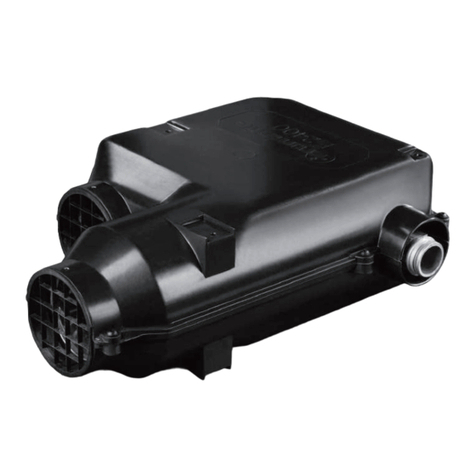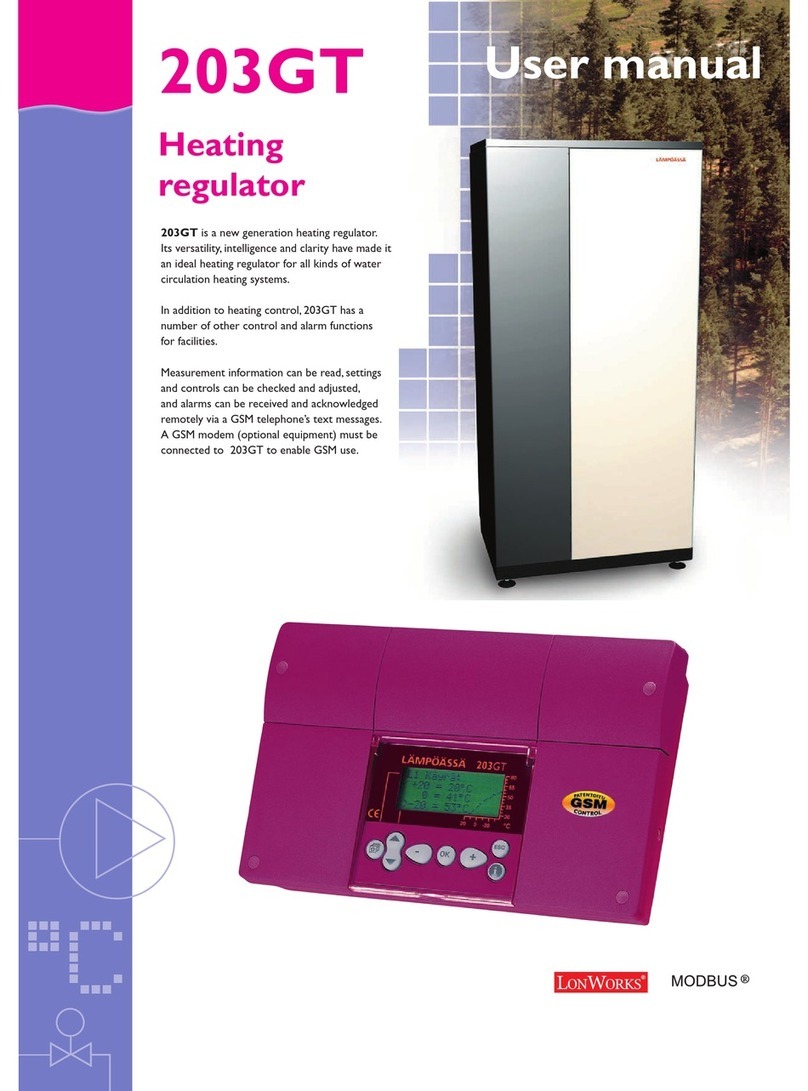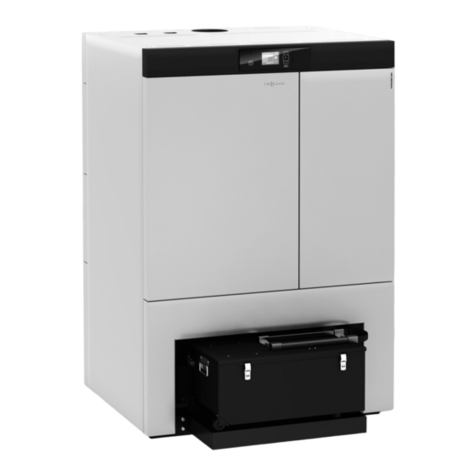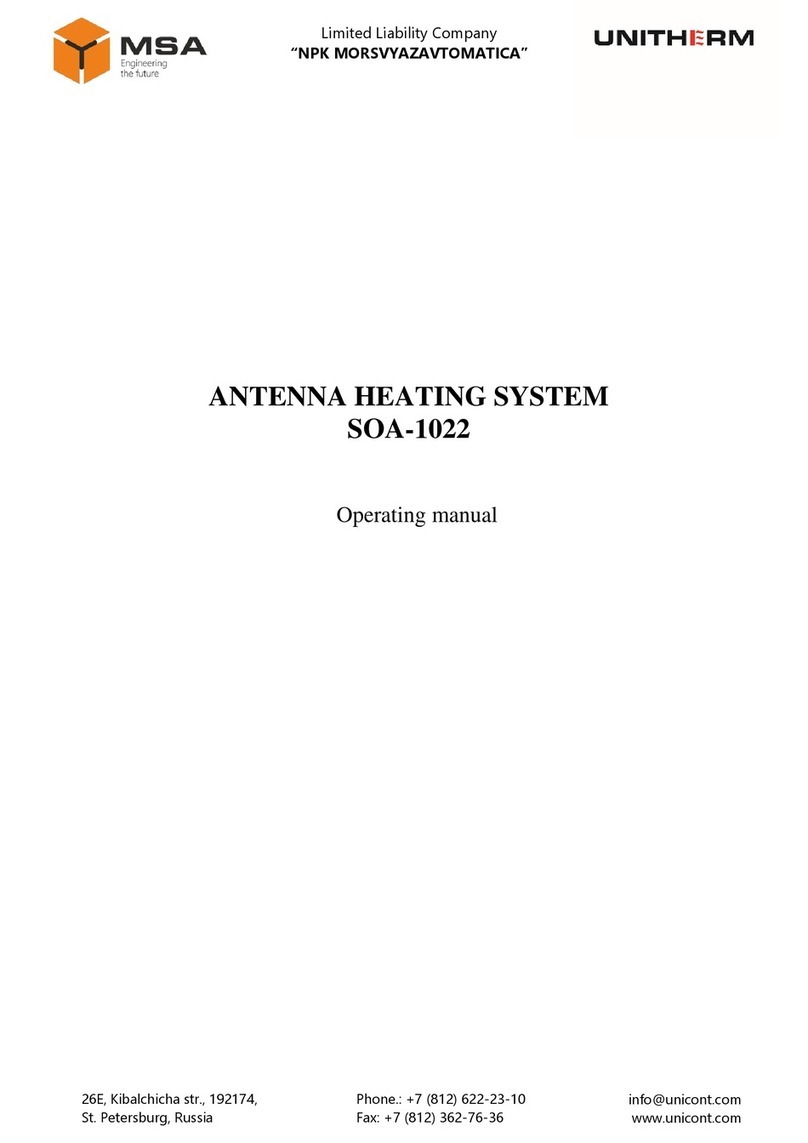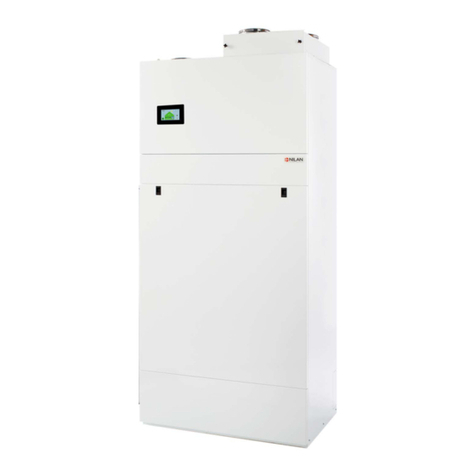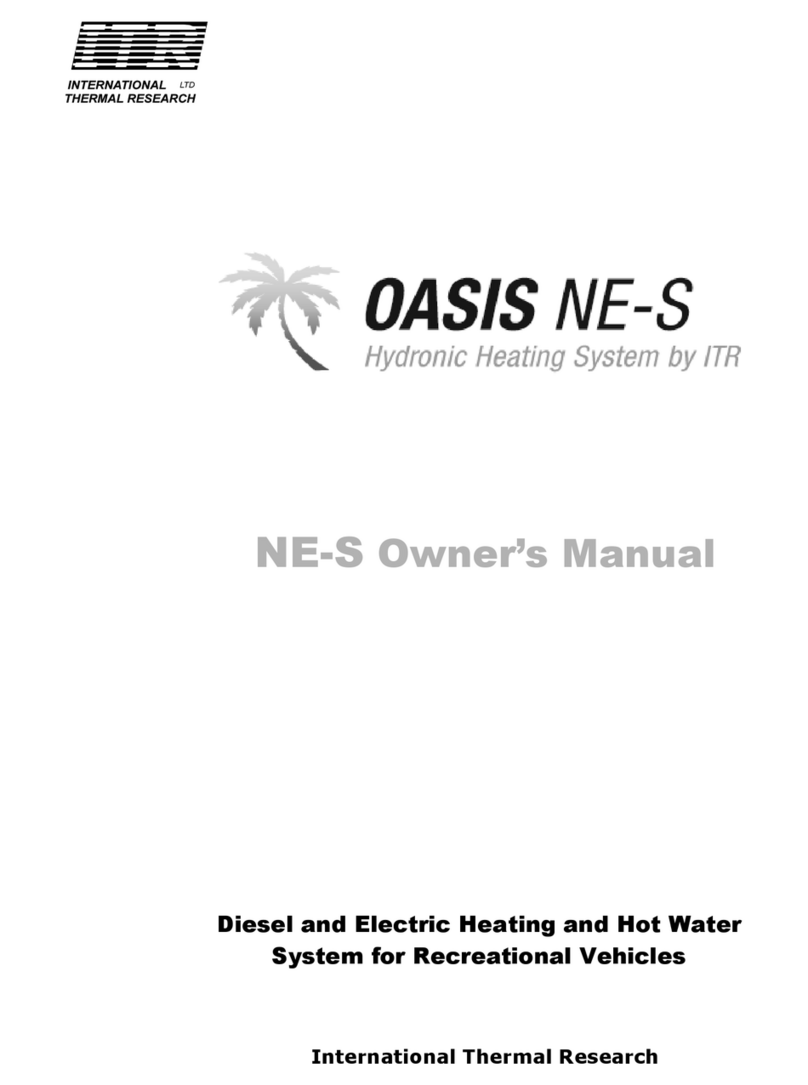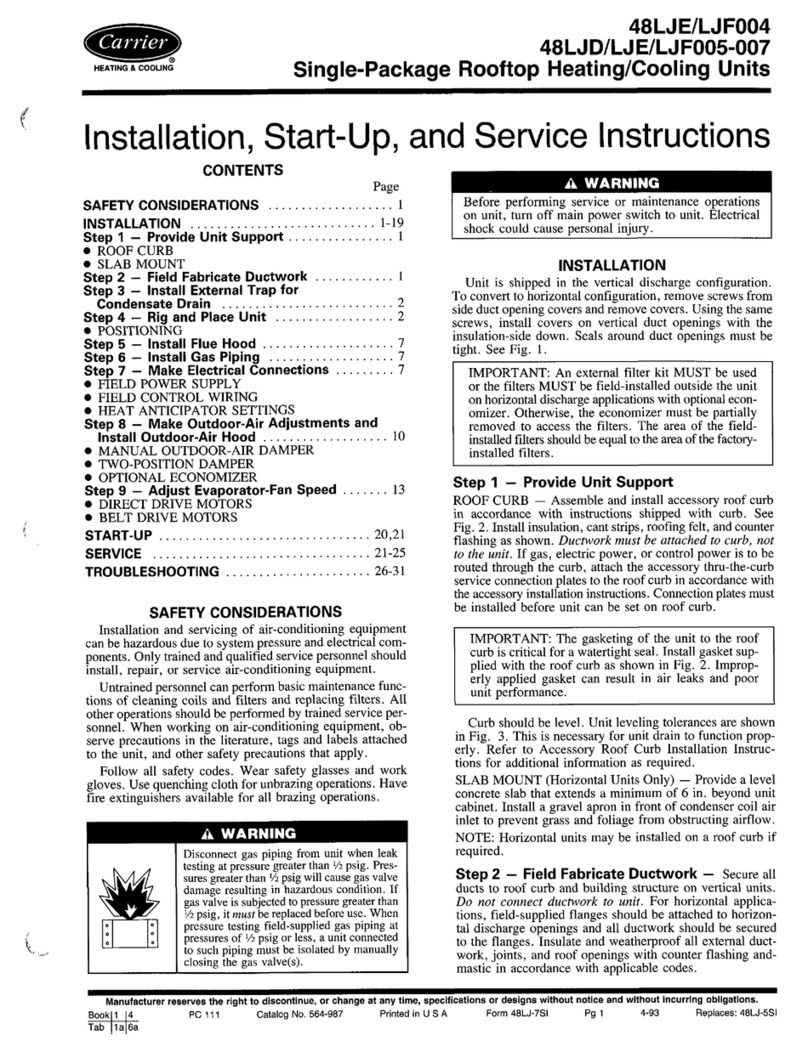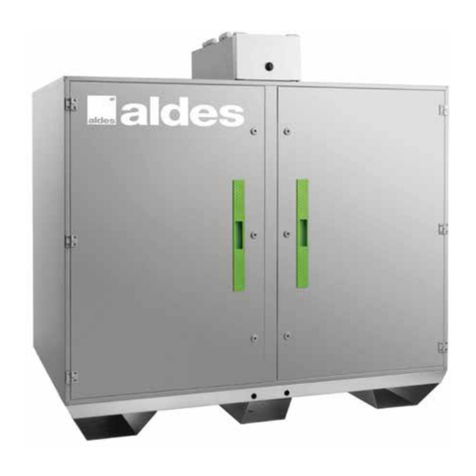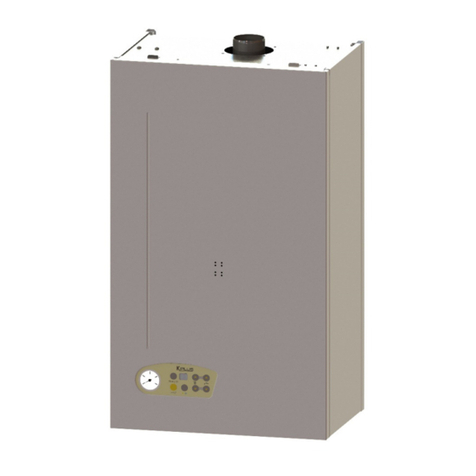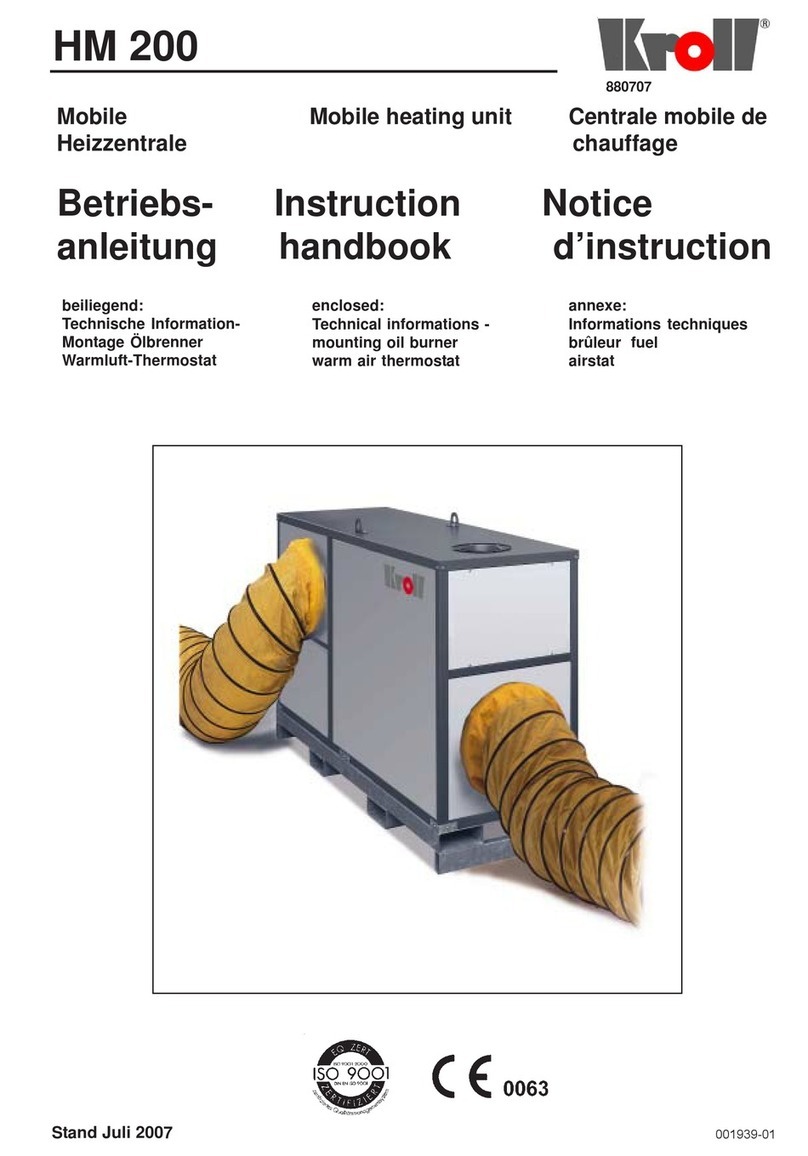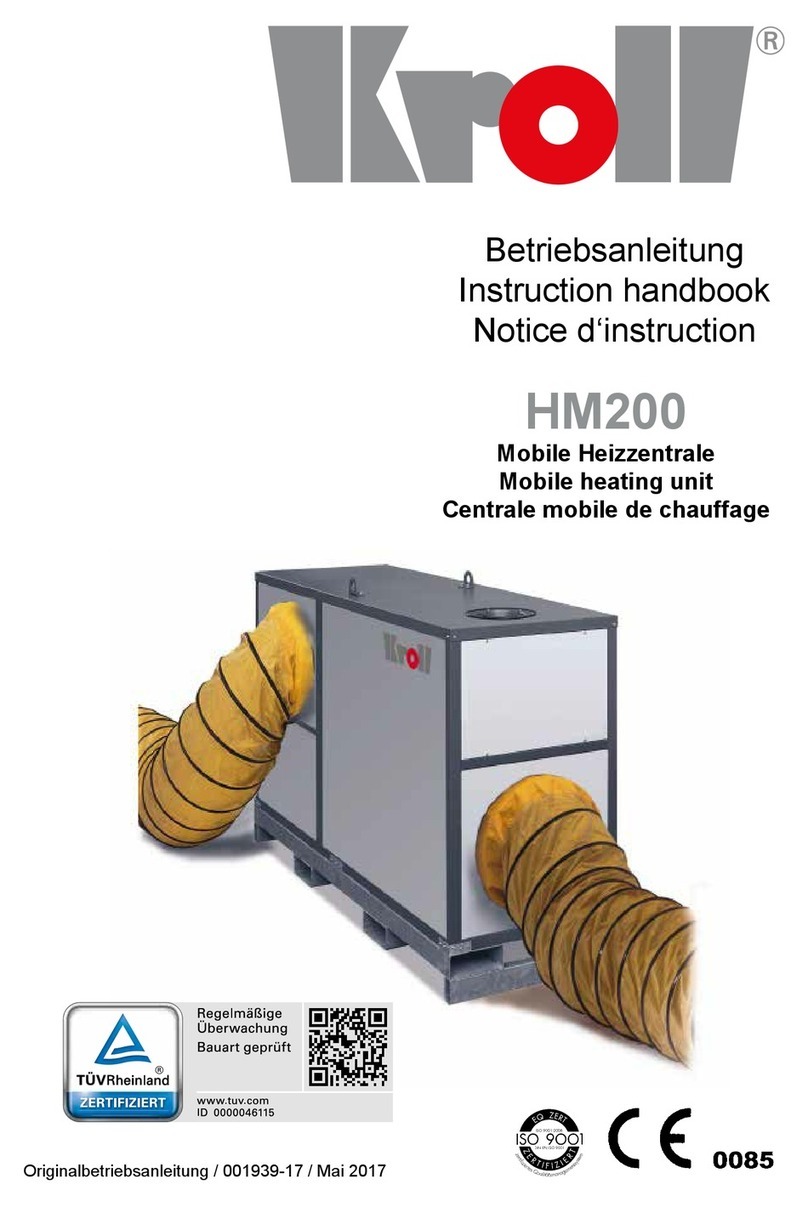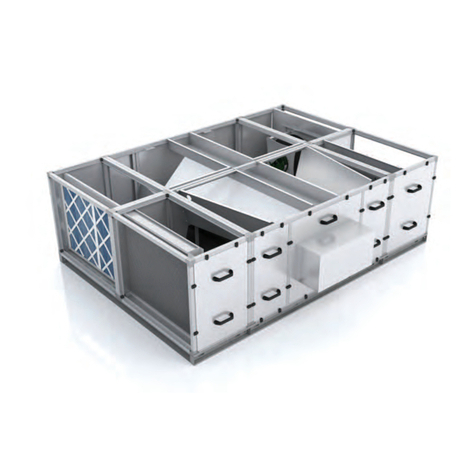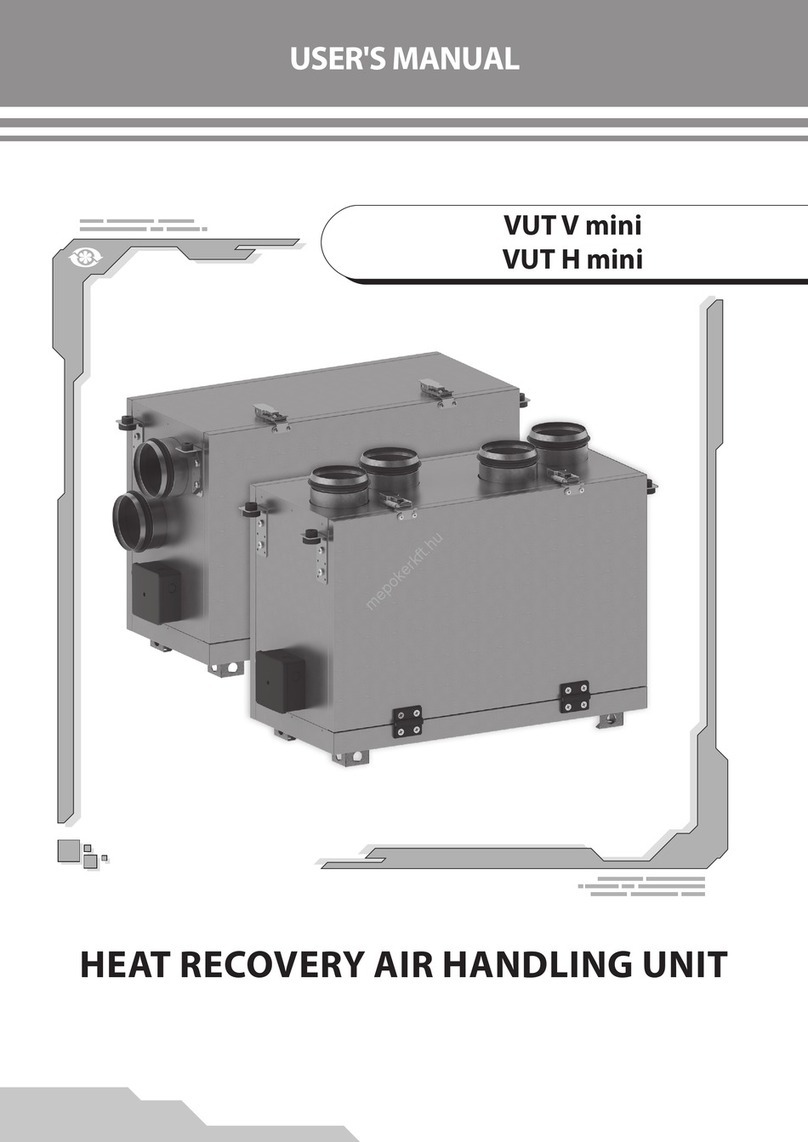index
3
We thank you for having chosen our company; our product is a great heating solution developed from the
most advanced technology with top quality machining and modern design, aimed at making you enjoy
the fantastic sensation that the heat of a ame gives, in complete safety.
Extraame S. p. A.
Warnings..................................................................................................................................................................................5
safety........................................................................................................................................................................................5
HydraULiC systeM.................................................................................................................................................................. 6
InstallatIon and safety devIces................................................................................................................................................................................. 6
safety devIces for closed vessel system ............................................................................................................................................................. 6
dIstances of safety devIces accordIng to the standard ........................................................................................................................ 6
type of systeM........................................................................................................................................................................ 7
closed vessel system .......................................................................................................................................................................................................... 7
safety valves............................................................................................................................................................................................................................. 7
closed expansIon vessel................................................................................................................................................................................................... 8
commIssIonIng checks....................................................................................................................................................................................................... 8
automatIc thermostatIc mIxer valve (mandatory) ....................................................................................................................................... 8
HydraULiC systeM basiC LayoUt ....................................................................................................................................... 9
instant doMestiC Hot Water prodUCtion kit ...........................................................................................................10
stove posItIonIng ................................................................................................................................................................................................................10
rearM.......................................................................................................................................................................................10
tHerMo-prodUCts featUres ............................................................................................................................................10
safety deviCes......................................................................................................................................................................11
instaLLation..........................................................................................................................................................................11
InstallatIons allowed ....................................................................................................................................................................................................12
InstallatIons not allowed ..........................................................................................................................................................................................12
connectIon to the smoke evacuatIon system.................................................................................................................................................12
smoke channel or fIttIngs...........................................................................................................................................................................................12
chImney or IndIvIdual flue...........................................................................................................................................................................................13
chImney cap .............................................................................................................................................................................................................................14
connectIon to external aIr Inlets .........................................................................................................................................................................15
InsulatIon, fInIshIngs, coverIng and safety recommendatIons ......................................................................................................15
peLLets and feeding ...........................................................................................................................................................15
ControL board.....................................................................................................................................................................16
dIsplay Icons key..................................................................................................................................................................................................................16
generaL MenU .......................................................................................................................................................................17
BasIc InstructIons .............................................................................................................................................................................................................17
tHe reMote ControL...........................................................................................................................................................18
enaBle delayed swItch-off...........................................................................................................................................................................................18
type and replacement of BatterIes........................................................................................................................................................................18
CoMMissioning settings...................................................................................................................................................19
adjustIng the tIme, day, month and year............................................................................................................................................................19
adjustIng the language.................................................................................................................................................................................................19
operation and LogiC ..........................................................................................................................................................20
additionaL tHerMostat....................................................................................................................................................21
addItIonal thermostat functIonIng wIth stBy actIve.............................................................................................................................21
addItIonal thermostat functIonIng wIth stBy deactIvated...............................................................................................................21
addItIonal thermostat InstallatIon....................................................................................................................................................................21
